Did you get a chemistry project about making turmeric paper? Don't worry! This guide will help you create your own natural indicator at home and test different substances. It's way easier than you think, and you'll actually have fun doing it.
What is Turmeric Paper?
Turmeric paper is basically a natural pH indicator made from turmeric powder. It changes color when it touches acids and bases, making it super useful for testing different substances around your house. The best part? It's completely natural and safe to make at home.
Step 1: Gather Materials
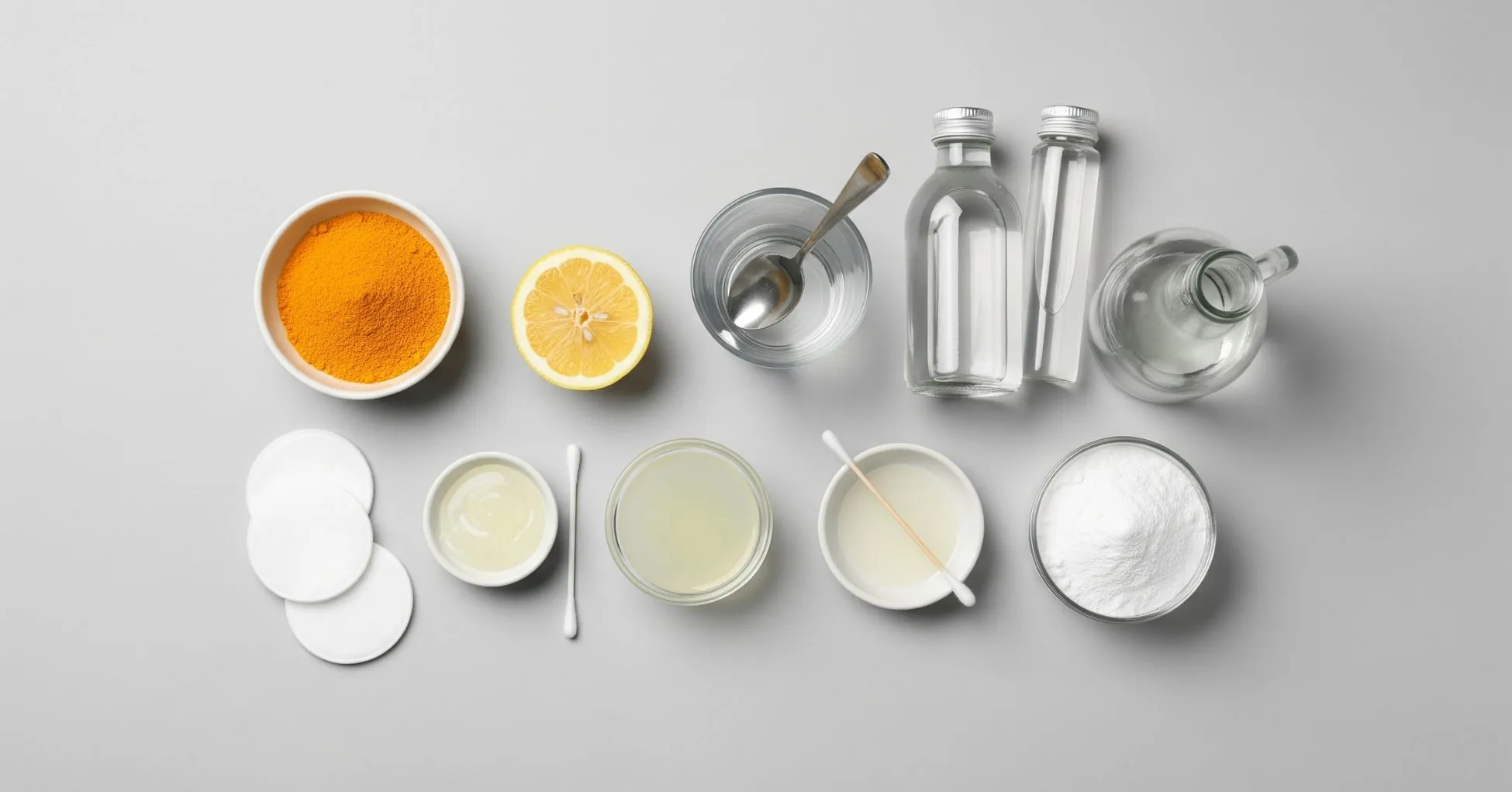
You’ll need easy-to-find items:
- Turmeric powder (1 tablespoon)
- Filter paper or thick white paper (coffee filters work too!)
- Water (2-3 tablespoons)
- Bowl and spoon for mixing
- Paintbrush or cotton bud
- Scissors
- Household items to test: Lemon juice, soap solution, vinegar, baking soda, milk, etc.
Pro Tip: Label all materials neatly. Teachers love organized work!
Step 2: Prepare the Turmeric Solution
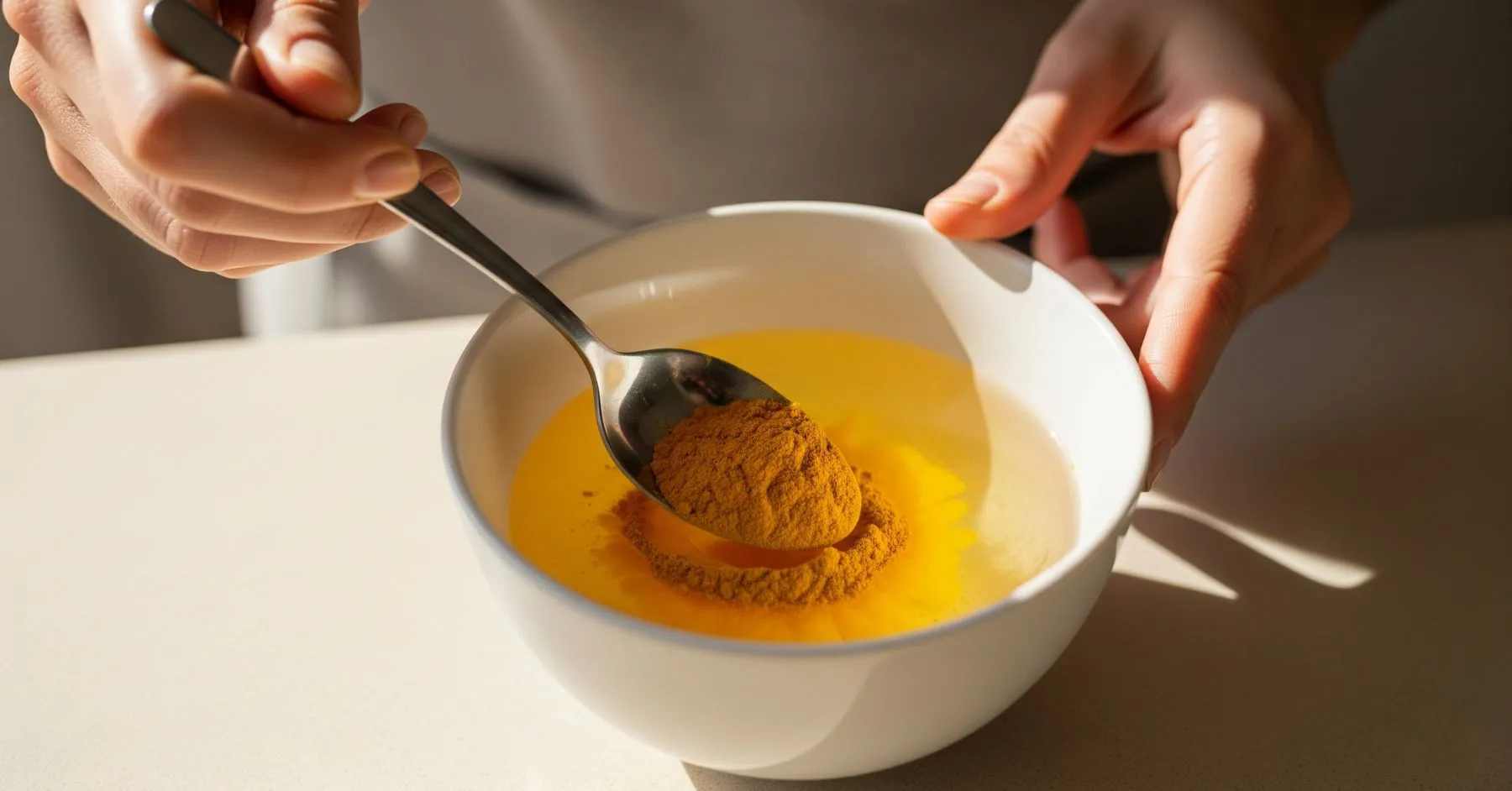
Take half a cup of warm water in a small bowl. Add 1-2 teaspoons of turmeric powder to it. Mix it really well until the water turns bright yellow. Make sure there are no lumps left. The solution should look like yellow paint water. If it's too light, add more turmeric powder. If it's too thick, add a little more water.
Step 3: Prepare Your Paper
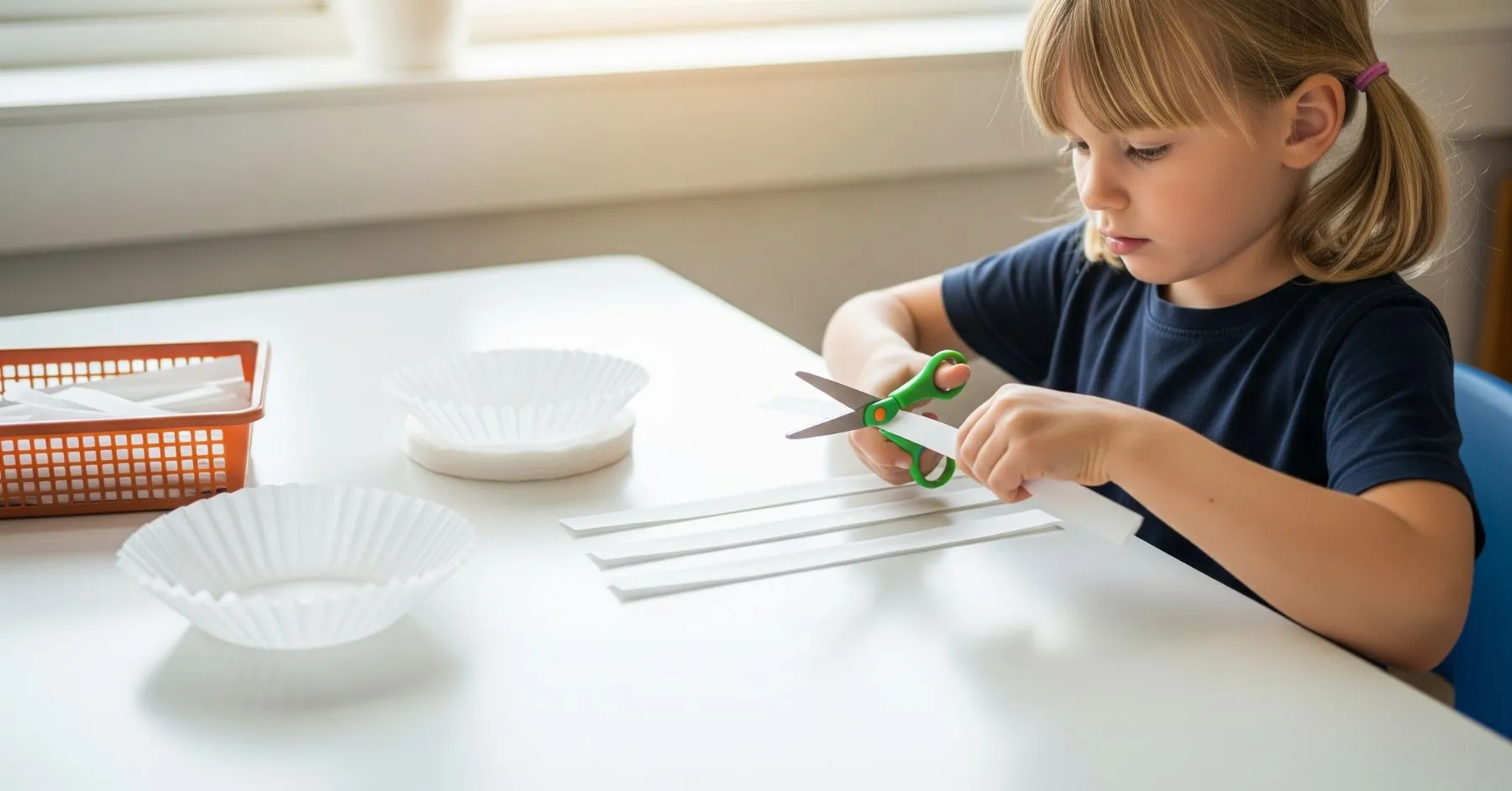
Cut your filter paper or coffee filters into small strips about 2 inches wide and 4 inches long. You'll need at least 10-15 strips for your experiment. Make sure the paper is clean and dry before you start. If you're using coffee filters, they work just as well as proper filter paper.
Step 4: Soak the Paper
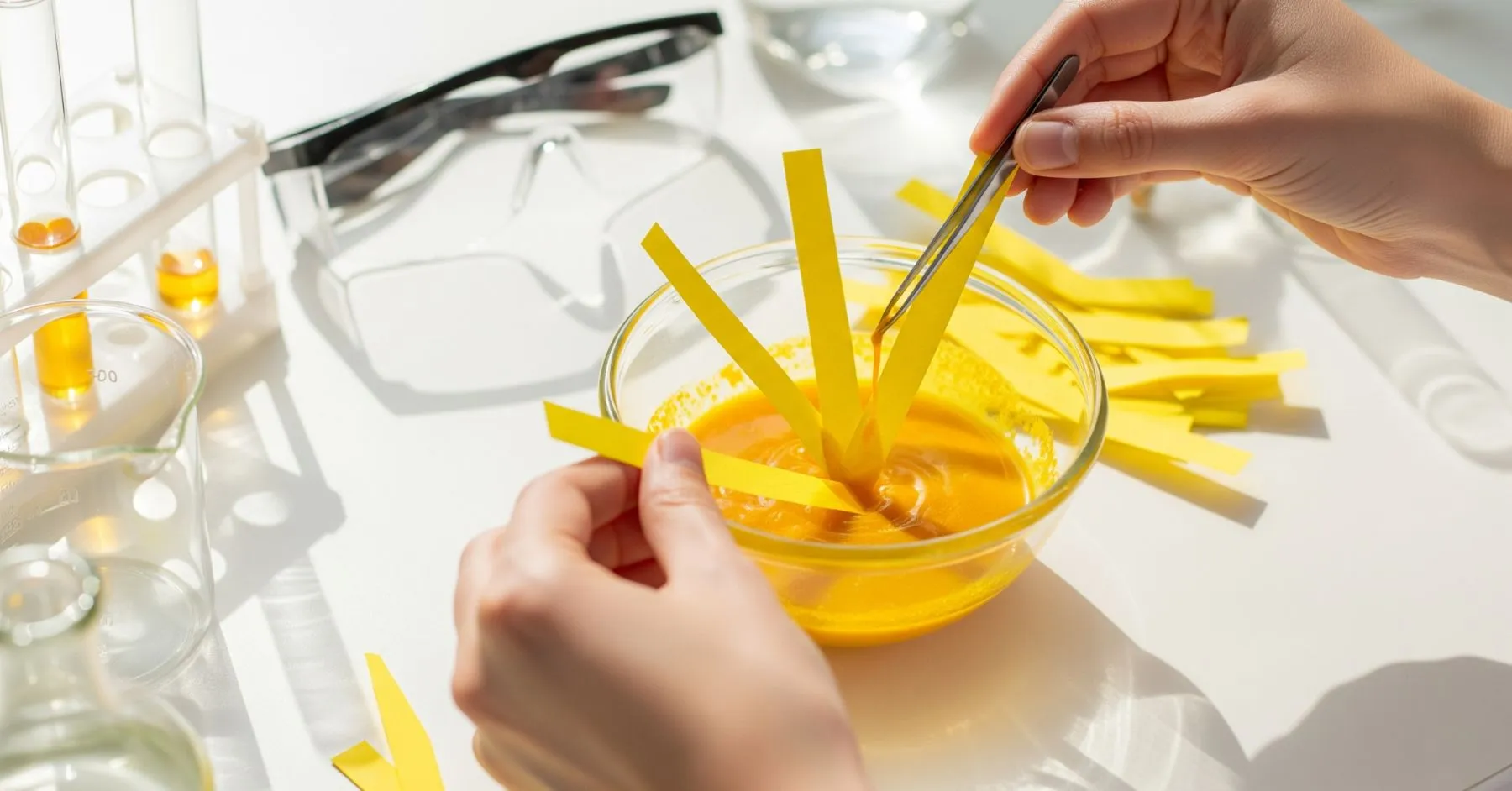
Dip each paper strip into your turmeric solution. Make sure the entire strip gets soaked with the yellow solution. You can use tweezers to handle the wet paper, or just use your fingers (turmeric stains, so be careful with your clothes). Let each strip soak for about 30 seconds.
Step 5: Dry the Papers
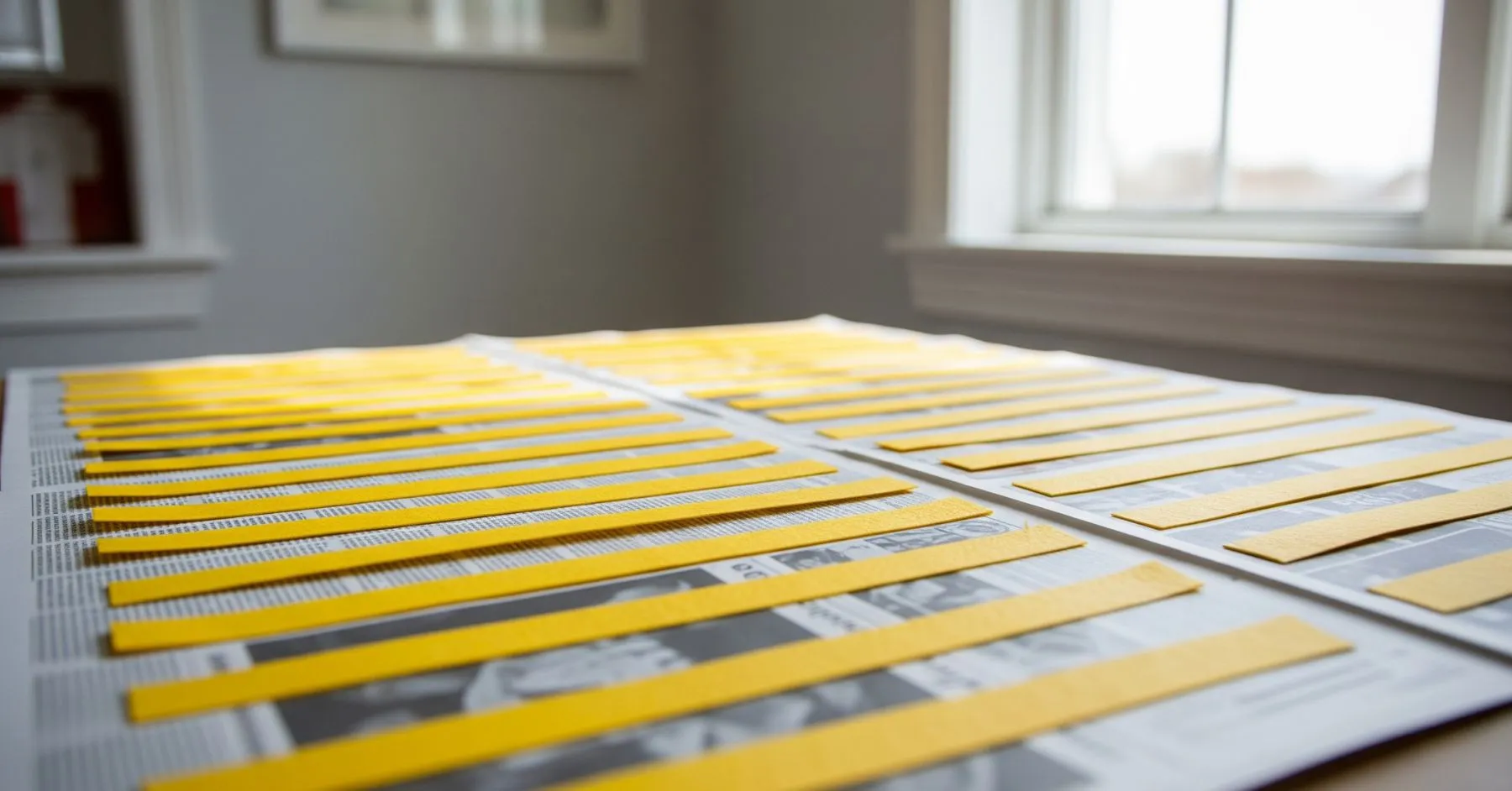
Lay the soaked strips on a clean surface to dry. You can use a plate or tray or even spread them out on newspaper. Make sure they don't overlap. Let them dry completely; this usually takes 1-2 hours, depending on the room temperature. Once dry, your turmeric papers will be bright yellow and ready to use.
Testing Different Substances
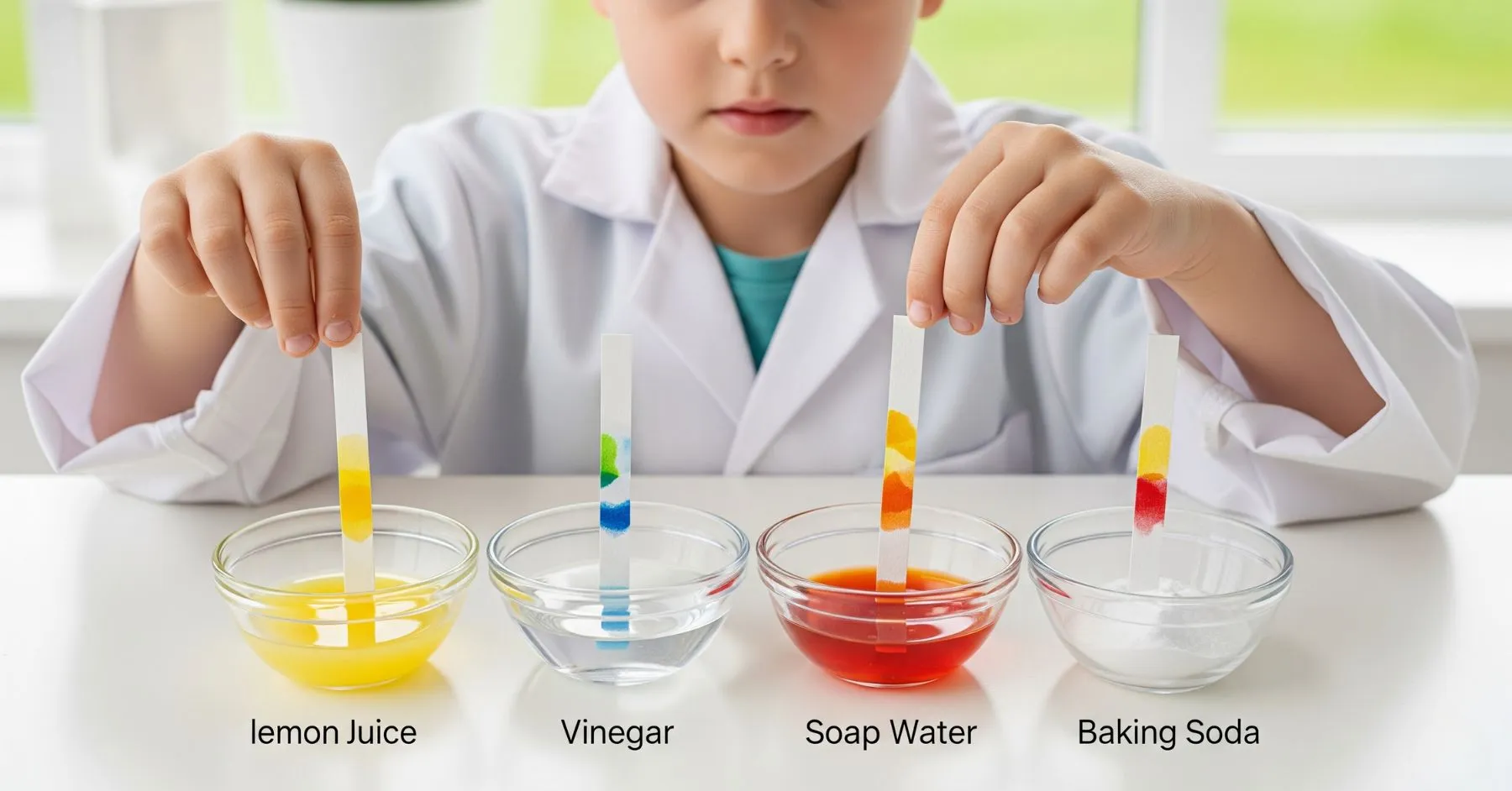
Here are some common household items you can test:
Acidic Substances (Paper stays yellow):
- Lemon juice
- Vinegar
- Orange juice
- Cola drinks
Basic Substances (Paper turns red/pink):
- Baking soda solution
- Soap water
- Toothpaste mixed with water
- Antacid tablets dissolved in water
How to Document Your Experiment
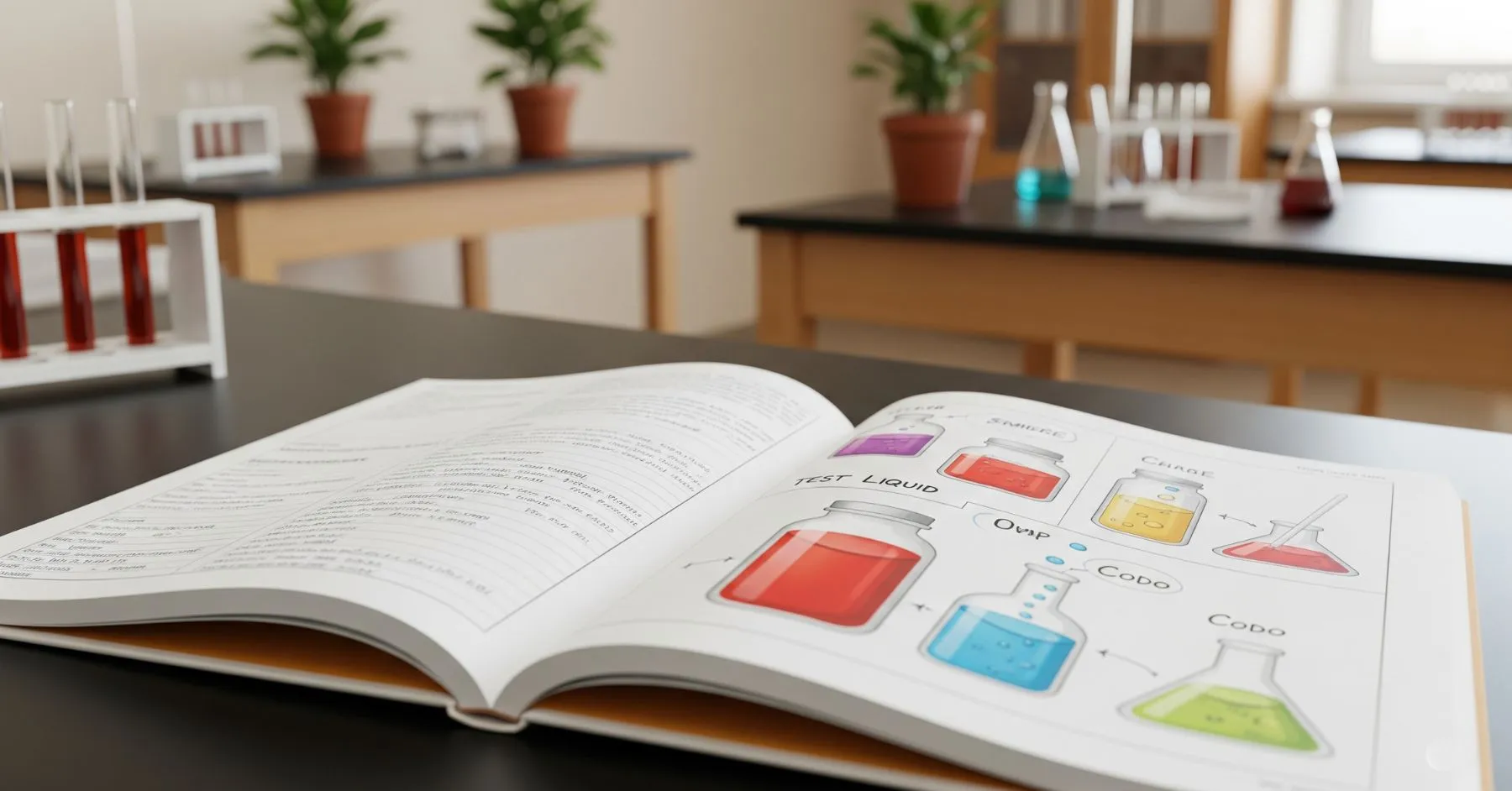
To get good grades, you need to document everything properly. Here's how:
Create a Results Table:
| Test Substance | Initial Color | Final Color | pH Nature | Observations |
| Lemon juice | Yellow | Yellow | Acidic | No color change |
| Baking soda solution | Yellow | Red/Pink | Basic | Clear color change |
| Vinegar | Yellow | Yellow | Acidic | Paper remained yellow |
A+ Documentation Tips:
- Title Page: “Turmeric Paper: A Natural pH Indicator” with your name and class.
- Aim: Explain the goal, e.g., “To create turmeric paper and test household acids/bases.”
- Materials List: Use bullet points for clarity.
- Procedure: Number each step (like this blog!).
- Results Table: Include the table above to show your findings.
- Conclusion: Summarize what you learned. Example: “Bases turn turmeric paper red, while acids don’t change its color.”
Bonus: Add photos of your experiment or colorful charts for visual appeal!
Why Does This Work?
Turmeric contains a compound called curcumin that acts as a natural pH indicator. In acidic solutions, curcumin stays yellow. In basic solutions, it changes to red because the chemical structure changes. It's like nature's own chemistry set!
Conclusion

With this project, you’ve not only learned science but also created a tool that even scientists use! Turmeric paper is simple, eco-friendly, and perfect for budding chemists. Follow the steps, document everything, and you’re sure to shine.
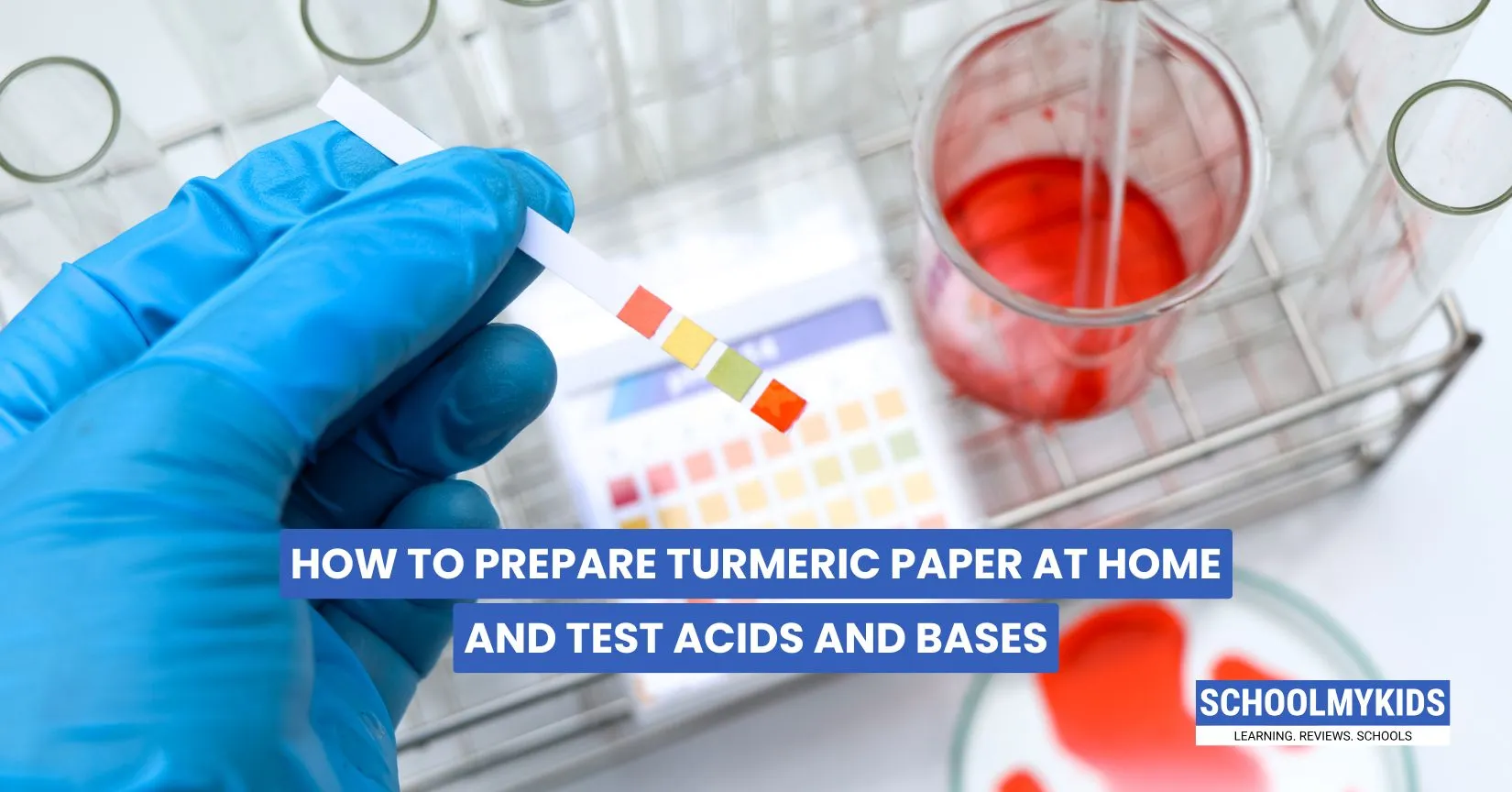








Be the first one to comment on this story.